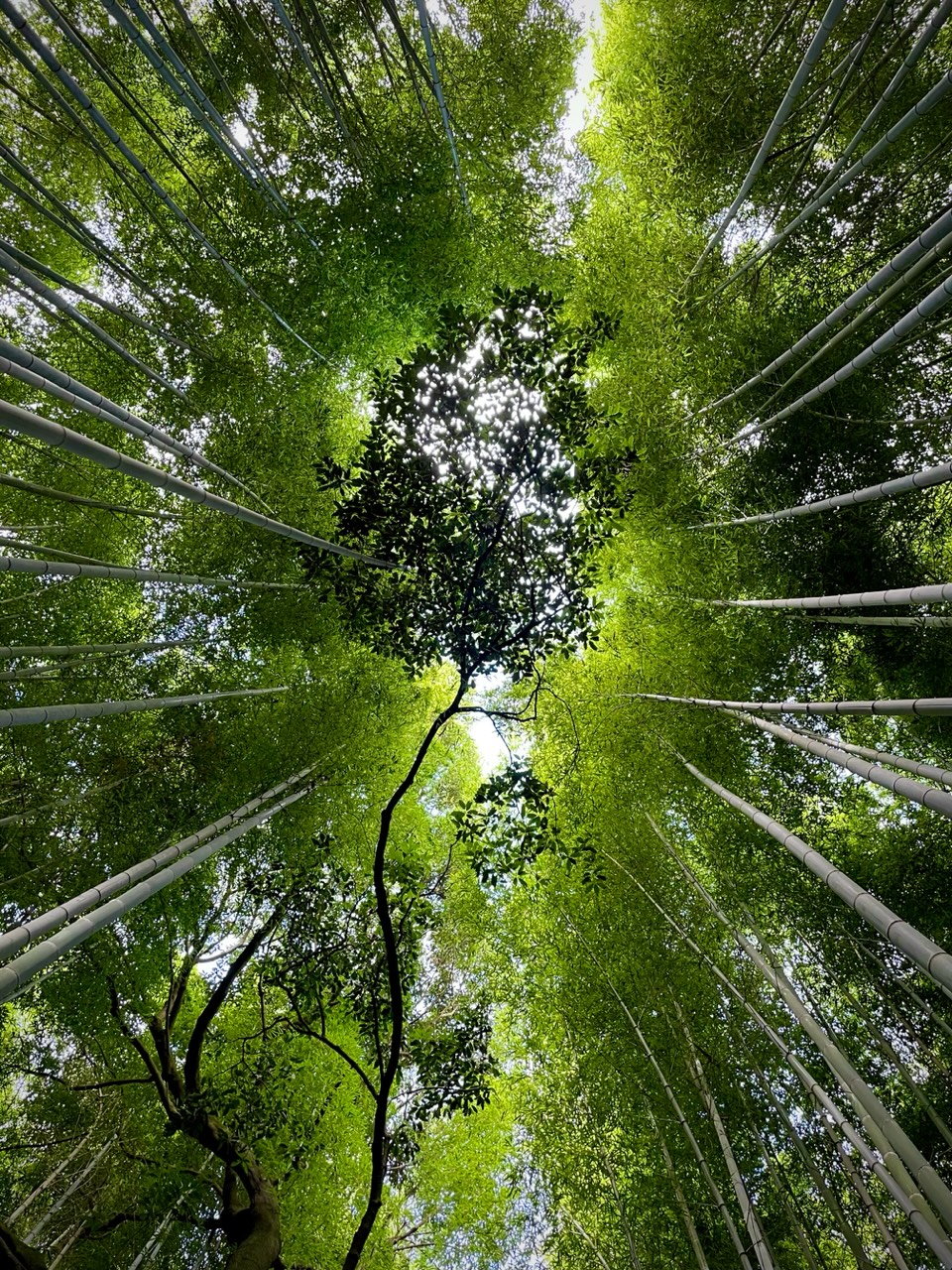Tree Huggers
882 readers
6 users here now
A community to discuss, appreciate, and advocate for trees and forests. Please follow the SLRPNK instance rules, found here.
founded 2 years ago
MODERATORS
376
377
6
Without urgent action, these are the street trees unlikely to survive climate change
(theconversation.com)
378
4
Roadside trees stitch the ecosystems of our nation together. Here’s why they’re in danger
(theconversation.com)
379
6
Southern conifers: meet this vast group of ancient trees with mysteries still unsolved
(theconversation.com)
380
36
Planting more trees could reduce premature heat-related deaths in European cities by a third
(theconversation.com)
381
11
Climate change threatens up to 100% of trees in Australian cities, and most urban species worldwide
(theconversation.com)
382
383
384
385
2
Soil microbes help plants cope with drought, but not how scientists thought
(www.sciencedaily.com)
386
387
388
389
390
1
A New Tree Ethic: What If Trees Really Mattered? – The Nature of Cities
(www.thenatureofcities.com)
391
1
Labor (Aus political party) push for publicly owned plantations to end native forest logging
(www.theguardian.com)
392
3
Scientists In Tibet Just Found Asia's Tallest Tree Hiding At The Bottom Of The World's Deepest Canyon
(allthatsinteresting.com)
393
394
395
396
397
398
399
400


